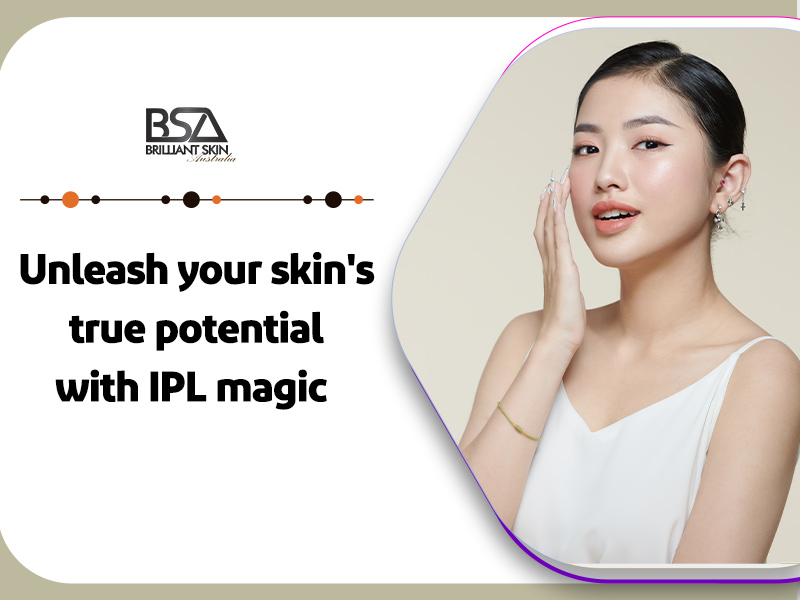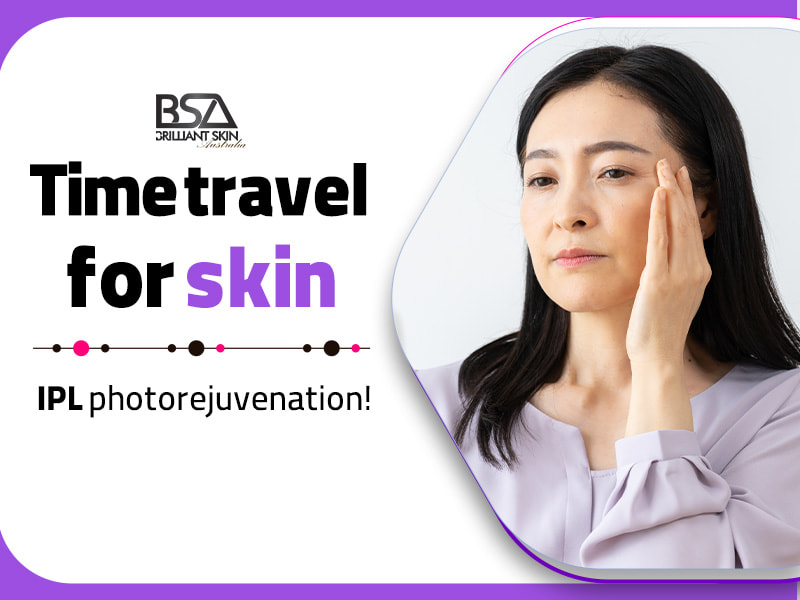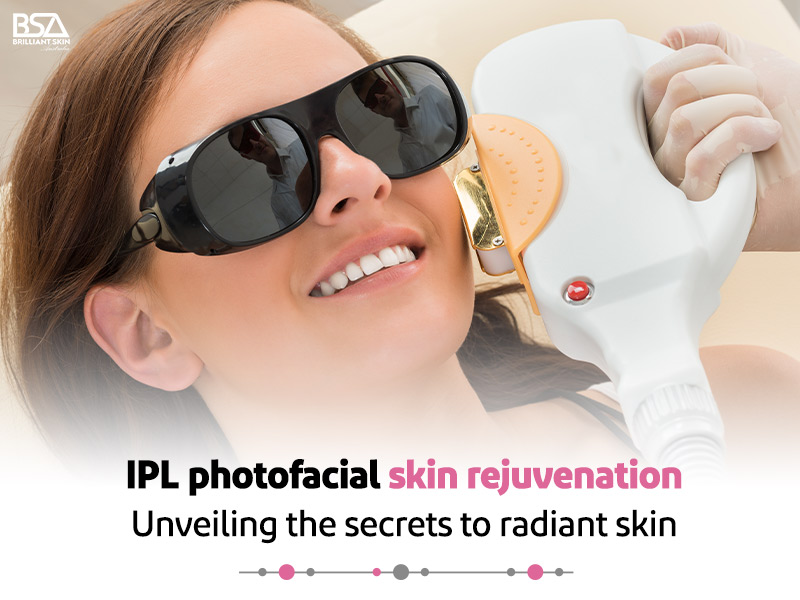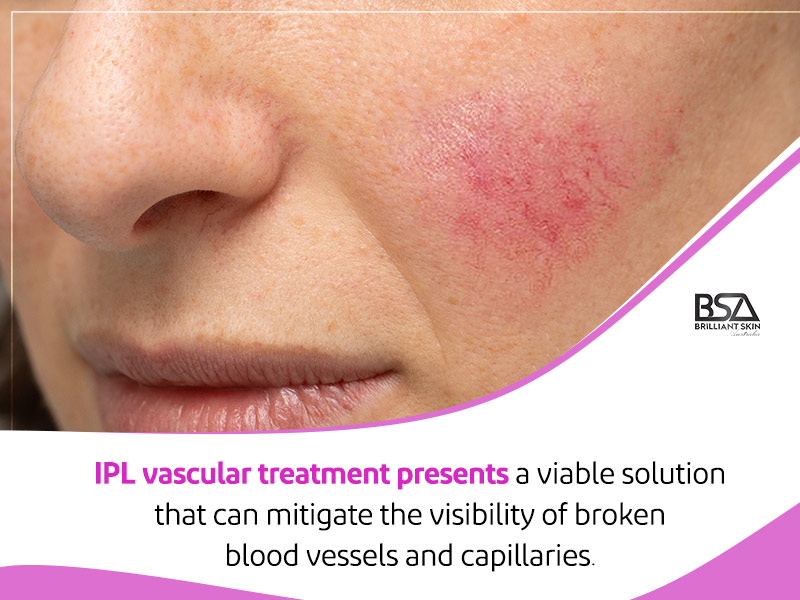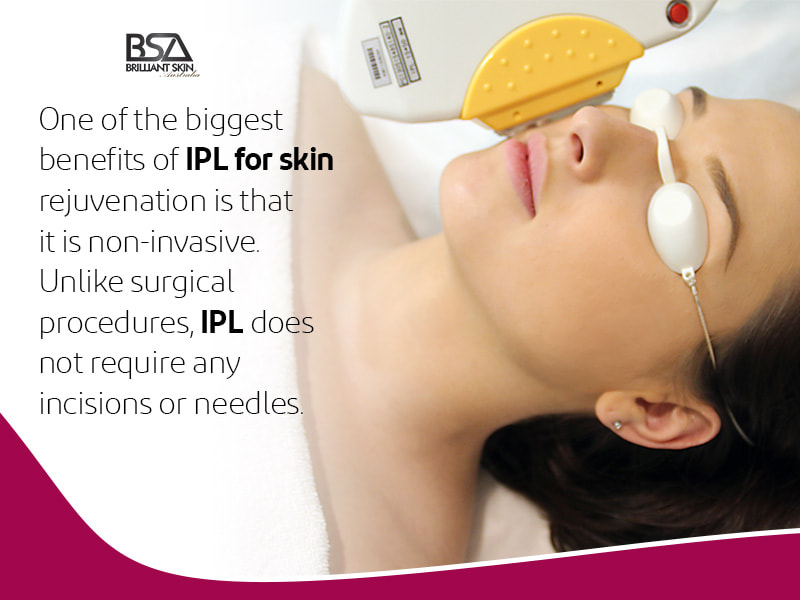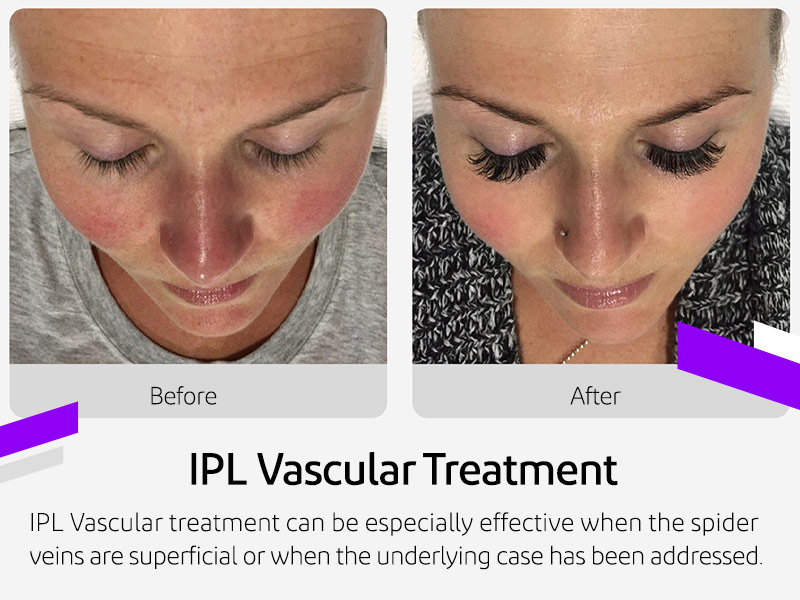The best skin beauty trick with photo rejuvenation
- Updated August 12, 2023
- by Honey Seida
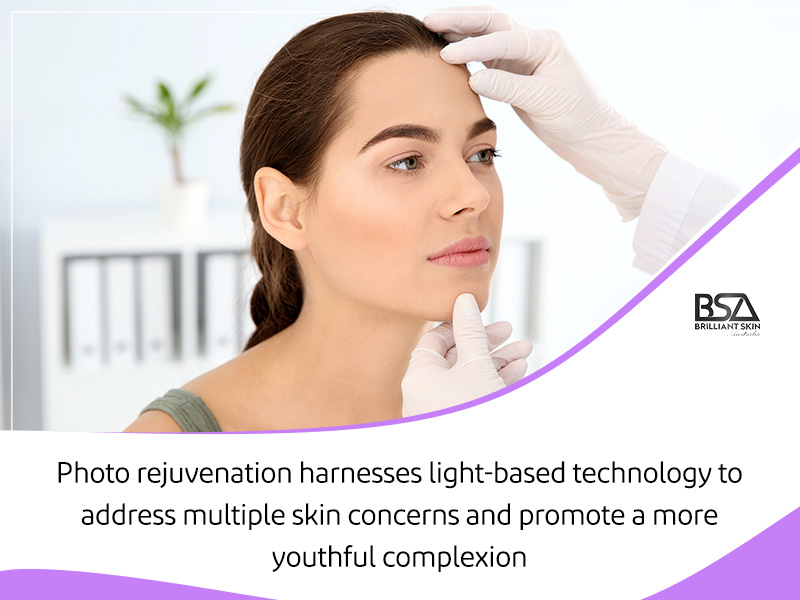
In the pursuit of youthful, radiant skin, individuals have always sought out innovative and effective skincare treatments. Among the array of options available, photo rejuvenation has emerged as a popular and promising technique.
Photo rejuvenation, also known as photo facial, utilizes advanced light-based technology to target various skin concerns and stimulate cellular regeneration. This non-invasive procedure has gained significant attention for its ability to address skin imperfections, reverse signs of aging, and restore a more youthful complexion.
In this all-inclusive guide, we will delve deep into the realm of photo rejuvenation, examining its numerous advantages, the mechanics behind its operation, the various treatment modalities available, and what one can anticipate during the procedure. Prepare yourself for an enlightening expedition as we uncover the astonishing potential of photo rejuvenation.
Understanding Photo Rejuvenation
The fundamental aim of photo rejuvenation is to effectively target and rectify precise skin imperfections, encompassing pigmentation problems, redness, fine lines, wrinkles, and uneven skin texture. By concurrently addressing multiple concerns, it offers a comprehensive approach to skin rejuvenation.
In contrast to surgical procedures, photo rejuvenation abstains from involving incisions or necessitating protracted periods of recovery, rendering it a compelling choice for individuals seeking non-invasive skin rejuvenation.
How Does Photo Rejuvenation Work?
The treatment functions by emitting light pulses into the deeper layers of the skin. These pulses of light are absorbed by particular targets in the skin, like melanin (pigment) and collagen (connective tissue). As these targets absorb the light energy, it transforms into heat, which, in turn, activates cellular activity and initiates the body's innate healing response.
It is worth noting that achieving optimal results with photo rejuvenation may necessitate multiple sessions, contingent upon the severity of the skin concerns being addressed. An experienced skincare specialist can evaluate the skin condition, propose an appropriate treatment regimen, and offer guidance throughout the entirety of the procedure.
By adhering to regular maintenance and employing proper skincare practices, the effects of photo rejuvenation can be enduring, aiding individuals in attaining their desired objectives for skin rejuvenation.
Benefits of Photo Rejuvenation Treatment
- Stimulating collagen production
- Cellular rejuvenation and repair
- Reduction of hyperpigmentation and sunspots
- Minimization of fine lines and wrinkles
- Improvement in skin texture and tone
- Treatment of vascular lesions and redness
- Overall skin rejuvenation and revitalization
By targeting pigmentation issues, photo rejuvenation can effectively reduce the appearance of sunspots, age spots, freckles, and other forms of hyperpigmentation caused by sun damage or hormonal changes. The treatment also targets redness and vascular lesions, such as broken capillaries, spider veins, and rosacea, by coagulating blood vessels without damaging the surrounding tissues.
In addition, photo rejuvenation plays a role in stimulating collagen production, thus contributing to the enhancement of skin elasticity, firmness, and texture. Collagen, a crucial protein responsible for providing structural support to the skin, experiences a gradual decline with advancing age.
Through the process of stimulating collagen synthesis, photo rejuvenation effectively reduces the visibility of fine lines, wrinkles, and surface-level scars, ultimately leading to the attainment of smoother and more youthful skin.
In general, the primary objective of photo rejuvenation is to augment the quality and aesthetic appeal of the skin. It presents a non-surgical alternative for managing prevalent skin issues and fostering a younger-looking and luminous complexion. The treatment is typically well-tolerated and can be personalized to accommodate diverse skin types and conditions at an individual level.
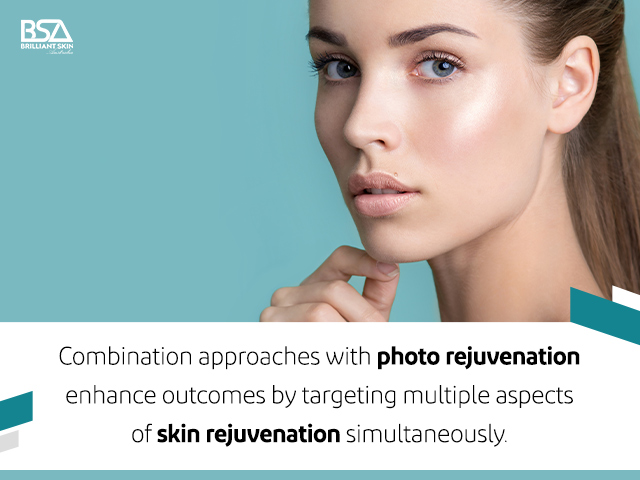
Different Modalities of Photo Rejuvenation
The different modalities of photo rejuvenation treatment include:
Intense Pulsed Light (IPL) Therapy
Intense Pulsed Light (IPL) therapy stands as one of the prevalent techniques employed in photo rejuvenation. IPL photo rejuvenation encompasses the utilization of a light source that emits a wide range of wavelengths to address diverse skin issues. This process operates by selectively heating and eliminating specific chromophores within the skin, such as melanin or hemoglobin, while ensuring the preservation of surrounding tissues without harm.
IPL therapy offers several advantages, including its versatility and capability to tackle multiple skin concerns concurrently. It proves effective in addressing sun damage-induced pigmentation issues, such as sunspots, age spots, and freckles.
The mechanism of IPL involves breaking down surplus melanin in the skin, which ultimately leads to a more consistent and uniform complexion. Additionally, IPL demonstrates efficacy in diminishing the visibility of vascular conditions like broken capillaries, spider veins, and the dispersal of redness associated with rosacea.
Laser Photo Rejuvenation
Laser photo rejuvenation involves the use of laser technology to address skin imperfections and stimulate collagen production. There are different laser modalities used for photo rejuvenation, each with its own advantages and target areas.
Fractional Laser Treatment
Fractional laser resurfacing is a popular technique that targets skin texture irregularities, scars, and wrinkles. It works by delivering laser energy in a fractionated pattern, creating micro-injury zones in the skin. This stimulates the body's natural healing response, promoting collagen production and skin regeneration. Fractional laser treatments can be ablative or non-ablative, with the latter having a shorter downtime and less risk of complications.
Non-Ablative Laser Therapy
Non-ablative laser therapy focuses on stimulating collagen production without causing harm to the skin's surface. This technique involves the delivery of laser energy to the deeper skin layers, which in turn triggers collagen synthesis and enhances skin elasticity. Non-ablative lasers are considered a gentler alternative to ablative lasers and are appropriate for individuals exhibiting mild to moderate signs of aging.
Erbium and CO2 Lasers
Erbium and CO2 lasers are ablative lasers that vaporize the outer layers of the skin. These lasers are used for more intensive skin rejuvenation, addressing deep wrinkles, acne scars, and uneven skin texture. Ablative lasers require a longer downtime for skin healing and recovery.
When comparing different laser modalities, factors such as the depth of treatment, downtime, and expected results should be considered. A qualified professional can assess the individual's skin condition and recommend the most appropriate laser treatment for their specific needs.
Combination Approaches
Combining photo rejuvenation with other cosmetic treatments can enhance outcomes and provide synergistic effects. For example:
Microneedling
Microneedling, also known as collagen induction therapy, involves creating controlled micro-injuries in the skin using tiny needles. When performed in conjunction with photo rejuvenation, microneedling can enhance the absorption of topical products and stimulate collagen production, leading to improved skin texture and firmness.
Chemical Peels
Chemical peels involve the application of a chemical solution to the skin, exfoliating the outer layers and promoting cellular turnover. Combining chemical peels with photo rejuvenation can enhance the overall results by addressing both superficial and deeper skin concerns.
Combination approaches allow for a more comprehensive and personalized treatment plan tailored to individual needs. By targeting multiple aspects of skin rejuvenation simultaneously, these approaches can provide more significant and long-lasting results.
It is crucial to consult with a qualified professional to determine the most suitable combination approach and ensure proper treatment sequencing to optimize outcomes and minimize potential risks.
The professional will consider factors such as skin type, specific concerns, and treatment goals to create an individualized plan that maximizes the benefits of each modality.
Final Thoughts
Photo rejuvenation has revolutionized the skincare industry, offering a non-invasive and effective solution for individuals seeking youthful and vibrant skin.
By harnessing the power of light-based technology, this treatment can address a wide range of skin concerns, from pigmentation issues to signs of aging and vascular conditions.
The adaptable and customizable attributes of photo rejuvenation render it well-suited for diverse skin types and conditions. Nevertheless, it is imperative to seek guidance from a qualified expert and undergo a thorough evaluation to establish the most suitable treatment course tailored to your individual requirements.
By adhering to appropriate care practices and maintaining pragmatic expectations, photo rejuvenation has the potential to unveil the enigmatic allure of youthful skin, revitalizing your inherent radiance and bolstering your self-esteem.

